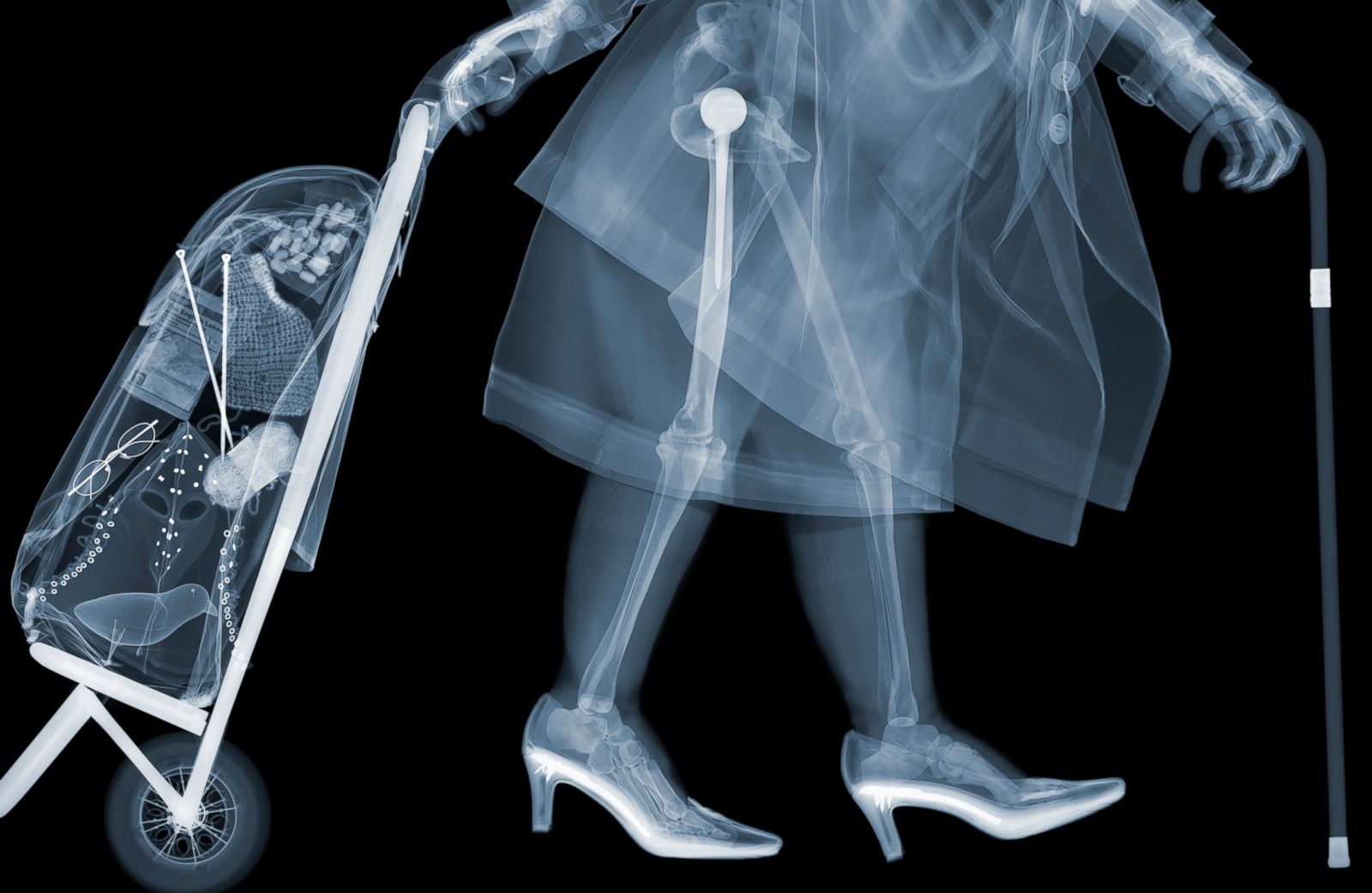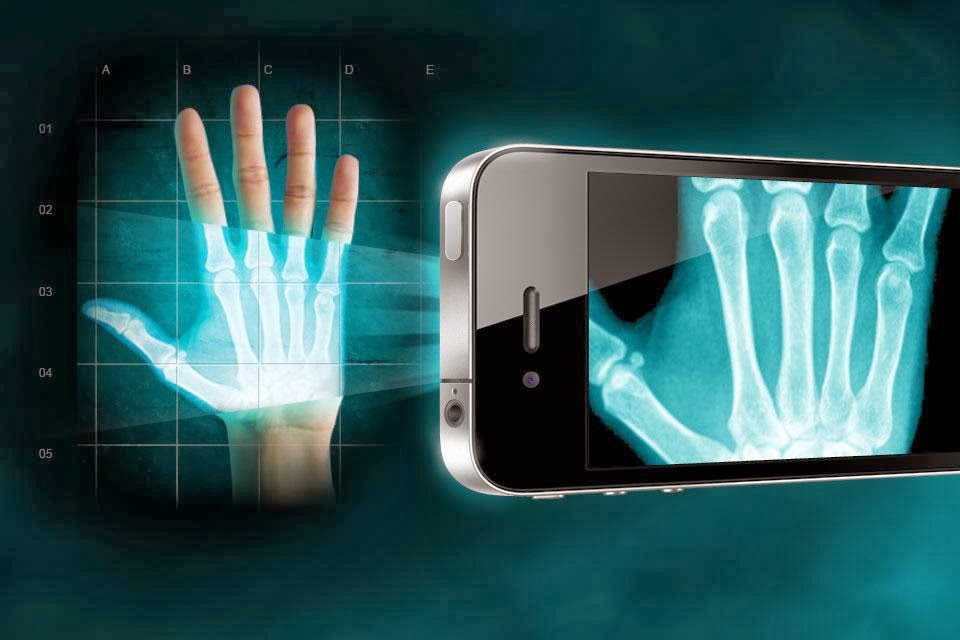


Both implants must be removed by the end of the fifth year. Jadelle® (levonorgestrel implants (unavailable in us)) implants are indicated for the prevention of pregnancy and are a long-term (up to 5 years) reversible method of contraception. It has a molecular weight of 312.45 and the following structural formula: The active ingredient in the implants is levonorgestrel, (-)-13-ethyl-17-hydroxy-18,19-dinor-17α-pregn-4-en-20-yn-3-one. Jadelle® (levonorgestrel implants unavailable in us) implants are a progestin-only product and do not contain estrogen. The calculated mean daily in vivo release rate of levonorgestrel provided by the implants is about 100 µg/day at month 1 followed by a decline to about 40 µg/day at 12 months and to about 30 µg/day at 24 months with a stabilization thereafter at about 30 µg/day.
WOMAN WHO HAS XRAY VISION SKIN
The implants are inserted in a superficial plane beneath the skin of the upper arm. Each implant is approximately 2.5 mm in diameter and 43 mm in length. The implants are sealed with polydimethylsiloxane adhesive and sterilized. Each implant contains 75 mg of the progestin levonorgestrel. Jadelle® (levonorgestrel implants unavailable in us) is a set of two flexible cylindrical implants, consisting of a dimethylsiloxane/ methylvinylsiloxane copolymer core enclosed in thin-walled silicone tubing. Patients should be counseled that this product does not protect against HIV infection (AIDS) or other sexually transmitted diseases. You may report side effects to FDA at 1-80. For more information, ask your doctor or pharmacist.Ĭall your doctor for medical advice about side effects. These are not all the possible side effects of Jadelle. Tell the doctor if you have any side effect that bothers you or that does not go away. The most common side effects of Jadelle include: Get medical help right away, if you have any of the symptoms listed above.

If contact wearers know that they didn’t take their lenses out and they’re feeling a “funny sensation in the eye,” Morjaria said, they need to get it checked. Morjaria said she and the other authors of the article want to raise awareness about the possible consequences of wearing contacts without having regular doctor appointments. See the latest news and share your comments with CNN Health on Facebook and Twitter.Morjaria doesn’t know whether the woman had any appointments with an optometrist before the clump was discovered, but she doesn’t think she would have had regular checkups.įollow CNN Health on Facebook and Twitter Morjaria said the right eye had poorer vision, which might explain the imbalance. The patient had just figured she’d dropped it somewhere, Morjaria explained, but it was actually getting stuck in her eye with the others.Īnd even though she’d accumulated 27 contacts in her right eye, the left eye was fine. Sometimes, she told the surgeons, when she would try to remove a contact from that eye, she couldn’t find it. The woman had been wearing monthly disposable contact lenses for 35 years, but it’s unclear how long they had been gathering in her eye. “This is one for the record books, as far as I could tell,” he said. Steinemann, a clinical spokesman for the American Academy of Ophthalmology, said he’s seen patients have one lens stuck – but never 27. The other 10 were discovered in an additional examination. A mass of 17 lenses was found in the woman's eye.


 0 kommentar(er)
0 kommentar(er)
